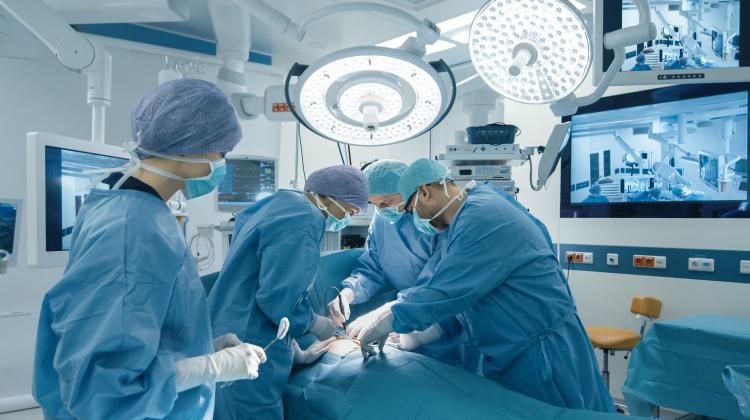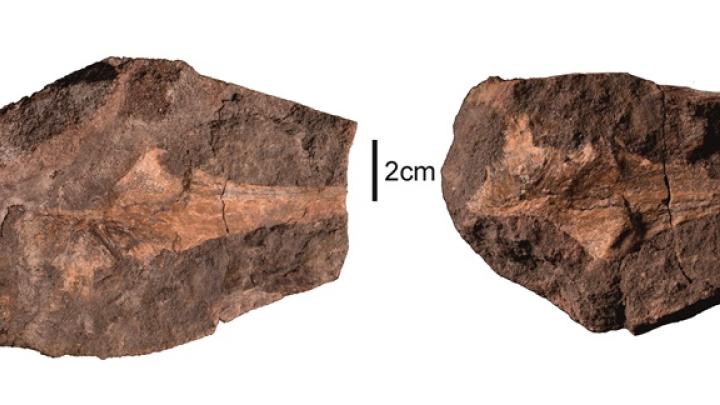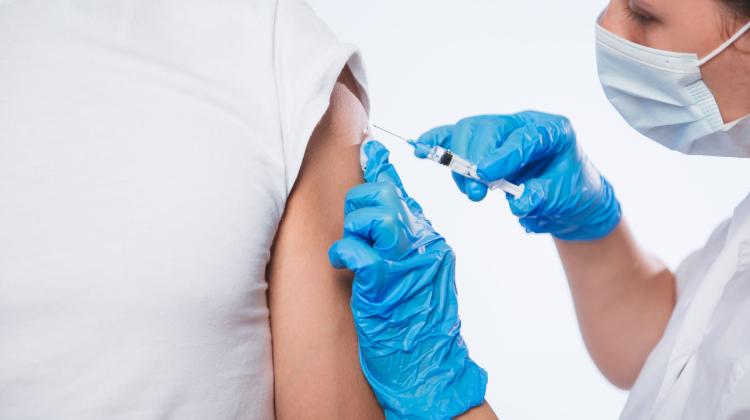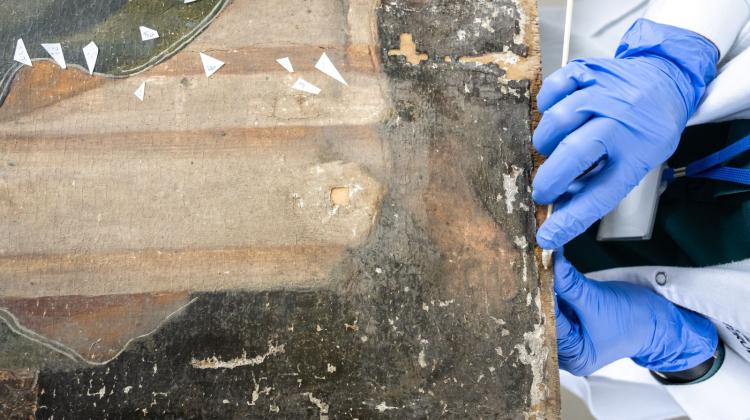Genetic predisposition can contribute to severe COVID-19, scientists find
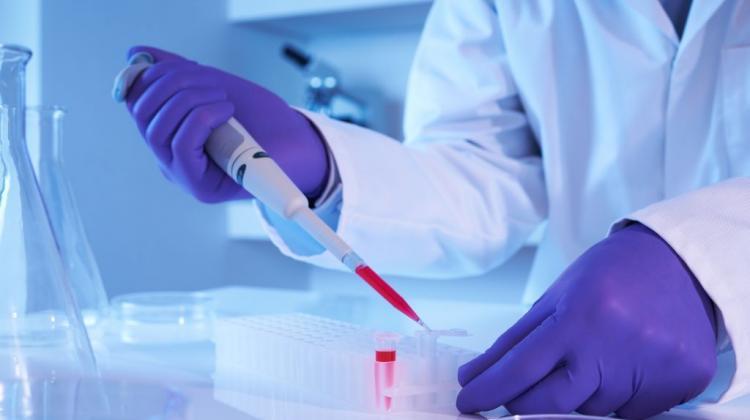 Credit: Fotolia
Credit: Fotolia
In addition to age, being overweight and comorbidities, genetic predisposition may also contribute to the severe course of COVID-19, according to international research.
According to co-author of the report published in Nature, Dr. Karolina Chwiałkowska from the Medical University of Bialystok and IMAGENE.ME, most people infected with SARS-CoV-2 experience only mild symptoms of the disease, but there are also those whose condition is critical.
She said: “We know that many different factors determine the severity of COVID-19. Scientific research shows that apart from factors such as age, being overweight or comorbidities, the presence of certain genetic variants in human DNA may also have an important role.”
The first research carried out by international teams of scientists revealed a link between an important region on the short arm of chromosome 3 and severe course of COVID-19. The results of this research were presented in July 2020 in the New England Journal of Medicine.
Recently, the prestigious journal Nature published the results of the research carried out by the GenOMICC (Genetics Of Mortality In Critical Care) consortium on a group of over 2,000 British ICU patients treated for the severe course of COVID-19. The results were additionally confirmed on a similar, but independent group of patients hospitalised in other countries.
Several new regions in the human genome have been identified, the variability of which may be among the causes of severe COVID-19.
Dr. Chwiałkowska said: “Functional analysis of the genes located in these regions of DNA has shown that they can be divided into two groups: the host's antiviral defence mechanisms and inflammatory mediators.”
The first group includes the IFNAR2 gene (chromosome 21), encoding the receptor for an important immune response mediator - interferon, and a cluster of three genes located on chromosome 12: OAS1, OAS2 and OAS3, which have an important role in the interferon-induced viral RNA degradation pathway. The efficient operation of these mechanisms is an effective fight against viral infection at its initial stage.
Dr. Chwiałkowska said: “The second group is associated with the later stages of the disease and includes the genes: CCR2 (chromosome 3), DPP9 (chromosome 19) and TYK2 (a different region of chromosome 19). A product of the CCR2 gene is involved in the processes of the immune cells migration to the places where an inflammatory reaction takes place. DPP9 has previously been linked to idiopathic pulmonary fibrosis. On the other hand, the induction of TYK2-dependent processes may lead to the immune system over-reactivity and cytokine storm resulting in tissue and organ damage, which is observed in patients in severe stages of COVID-19."
She added: “In addition, by identifying genes and the biological pathways in which these genes are involved in the course of COVID-19, scientists can search for drugs that target these disrupted processes to identify effective treatments. Research is already underway on drugs that inhibit the pathways associated with TYK2, which may turn out to be effective in the treatment of overactive immune response, life-threatening during COVID-19.”
Research confirming the link between the detected genes and severe COVID-19 was carried out as part of the global initiative "COVID-19 Host Genetics Initiative (HGI)" (www.covid19hg.org), in which over 130 projects from around the world participate. The largest Polish participant of the HGI consortium is the joint project of the Medical University of Bialystok and its technological partner - IMAGENE.ME, led by Professor Marcin Moniuszko and Dr. Mirosław Kwasniewski.
PAP - Science in Poland, Zbigniew Wojtasiński
zbw/ zan/ kap/
tr. RL
Przed dodaniem komentarza prosimy o zapoznanie z Regulaminem forum serwisu Nauka w Polsce.



